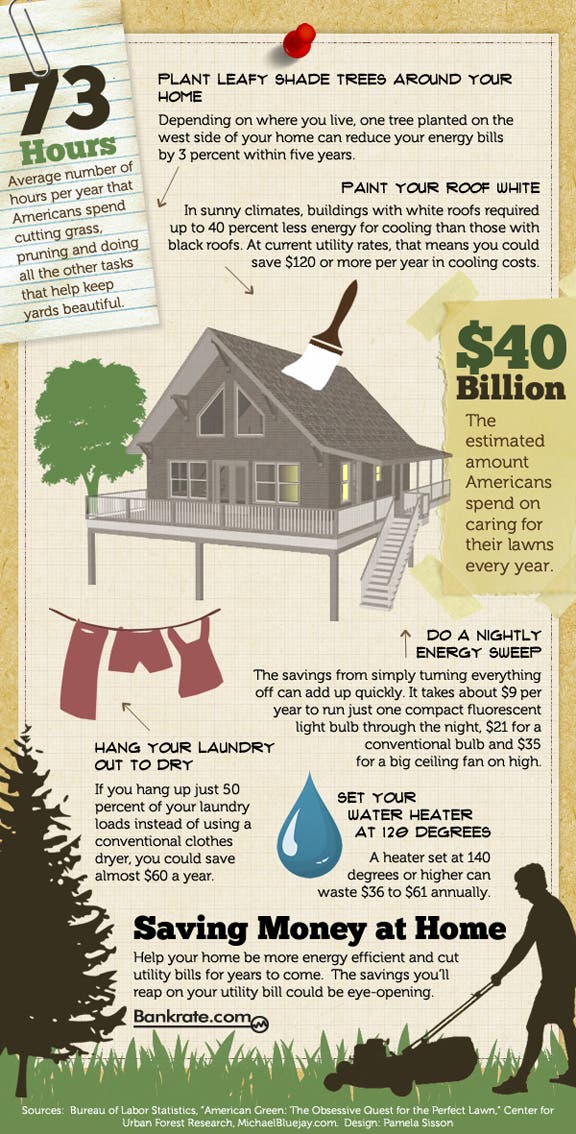Seasonal Tree Stewardship: Techniques For Properly Taking Care Of Trees Prior To And After They Are Removed
Seasonal Tree Stewardship: Techniques For Properly Taking Care Of Trees Prior To And After They Are Removed
Blog Article
Produced By-
When it concerns seasonal tree treatment, making certain correct management prior to and after removal can considerably affect the wellness and appearances of your landscape. By comprehending the essential steps associated with assessing tree wellness and getting ready for elimination, you can proactively safeguard your building. Yet what regarding the critical practices to comply with when the tree is gone? Remain tuned to uncover the necessary post-removal treatment measures that will assist you grow a flourishing and lasting setting for your trees.
Pre-Removal Tree Treatment
Before resolving the elimination of a tree, it's critical to prioritize pre-removal tree treatment. Begin by analyzing the tree's wellness and structural integrity. Seek signs of illness, pest problems, or any type of structural concerns that may pose a safety and security risk throughout elimination. It's vital to seek advice from a certified arborist to figure out the most effective strategy.
Pruning dead or diseased branches can stop more damage to the tree and guarantee a smoother elimination procedure.
In addition, consider the environmental impact of removing the tree. Trees play an essential duty in our community, so planting a brand-new tree in a suitable place can help offset any kind of loss. Make certain that you have the required licenses and approvals for tree removal, specifically if the tree is secured by neighborhood laws.
Seasonal Upkeep Tips
Evaluating your tree's needs throughout the year is vital for its health and long life. To maintain your trees in top problem, follow these seasonal upkeep tips.
In spring, focus on trimming to get rid of dead or broken branches and encourage new development.
check over herea asks for normal watering, specifically during dry spells, to guarantee your tree remains hydrated.
As autumn approaches, watch out for very early indications of disease or tension, and take into consideration applying compost to shield the roots during winter.
In winter months, be cautious when removing snow from branches to prevent damage, and remain to check your tree's overall health and wellness.
Keep in mind to readjust your treatment routine based upon the certain demands of your tree types and local environment. By staying attentive and aggressive throughout the seasons, you can help your trees grow and flourish for many years ahead.
Post-Removal Tree Treatment
To guarantee the health of your landscape also after tree elimination, correct post-removal treatment is essential. After a tree is removed, it's crucial to fill up the continuing to be opening with topsoil and small it to prevent settling. see more will certainly assist preserve the integrity of the ground and protect against potential risks in the future.
Take into consideration growing new greenery in place of the eliminated tree to recover the balance and appearances of your landscape. Regularly water the area to advertise the growth of brand-new plants and prevent soil erosion.
Examine the surrounding trees for any kind of signs of illness or tension that may have been caused by the gotten rid of tree. Keep an eye out for parasites that may've been drawn in to the previous tree and take safety nets to safeguard the staying plant life.
If needed, consult with an expert arborist to analyze the impact of the elimination on the surrounding trees and identify any type of additional treatment required. By complying with these post-removal care actions, you can make sure the ongoing wellness and elegance of your landscape.
Final thought
In conclusion, positive seasonal tree care is vital for maintaining the health and wellness and equilibrium of your landscape. By assessing tree health and wellness, trimming, and speaking with an arborist prior to elimination, you can guarantee a safe procedure. After elimination, filling up the hole, planting new vegetation, and routine watering will certainly promote brand-new growth and stop erosion. Bear in mind to check surrounding trees for illness and seek further treatment steps from an arborist to maintain your landscape growing.
